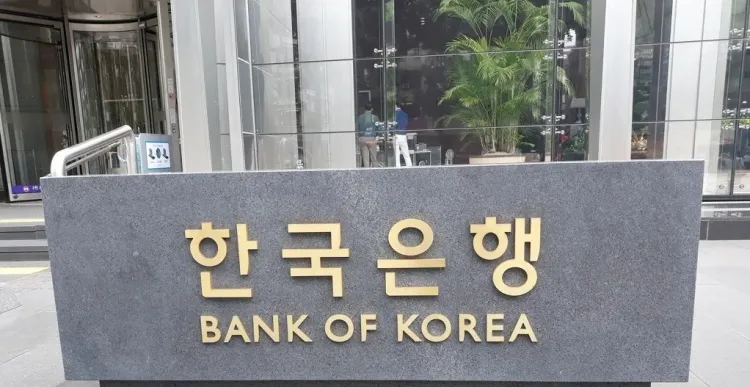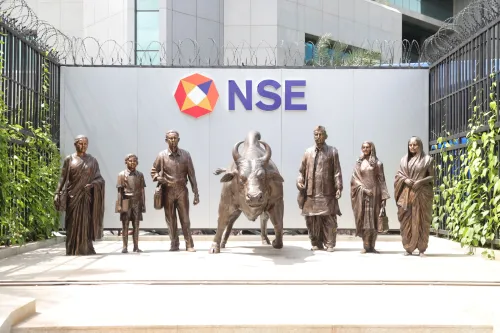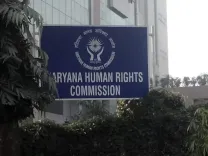Did BOK's Key Rate Cut to 2.5% Signal Economic Concerns for South Korea?

Synopsis
Key Takeaways
- Interest Rate Cut: BOK cuts the benchmark interest rate to mitigate economic pressure.
- GDP Forecast Adjustment: 2025 GDP growth forecast slashed to 0.8%.
- Domestic Demand Challenges: Economic recovery expected despite sluggish growth.
- Global Trade Uncertainties: Ongoing trade negotiations with the U.S. impact economic outlook.
- Construction Sector Decline: Key driver of economic slowdown.
Seoul, May 29 (NationPress) The central bank of South Korea has reduced its benchmark interest rate by a quarter percentage point on Thursday, just five days prior to the presidential election. This move aims to stimulate economic growth amid sluggish domestic demand and uncertainties linked to Washington's extensive tariff policies.
The monetary policy committee of the Bank of Korea (BOK) has cut the key rate by 25 basis points to 2.5 percent during its rate-setting meeting in Seoul.
This decision marks the fourth reduction since October 2024, when the BOK initiated a monetary easing cycle for the first time since August 2021. Over this period, the central bank has decreased the policy rate by a cumulative total of 1 percentage point up to May, as reported by Yonhap news agency.
In its previous gathering in April, the BOK opted to maintain the policy rate, emphasizing the need to support the struggling local currency and to evaluate the evolving impacts of new U.S. tariff regulations.
"While concerns regarding household debt growth and increasing volatility in foreign exchange markets remain, the forecast for the economic growth rate indicates a significant decline. Therefore, the board determined it appropriate to lower the base rate and alleviate downward pressure on the economy," the BOK stated in an official release.
The decision to reduce the rate on Thursday was unanimous, with four out of six board members expressing the necessity to keep the door open for further rate reductions in the upcoming three months, as conveyed by BOK Governor Rhee Chang-yong during a press conference.
This rate reduction emphasizes the central bank's commitment to enhancing growth, as it sharply revised its 2025 real GDP growth forecast from 1.5 percent down to 0.8 percent.
"There is a likelihood that subsequent rate cuts could be larger than initially anticipated, given that economic growth momentum has deteriorated significantly more than expected," Rhee stated.
This sluggish growth is primarily driven by downturns in the construction industry, private consumption, and exports. However, Rhee indicated that momentum is likely to begin recovering in the latter half of this year, albeit amid "high uncertainty" regarding global trade conditions.
The BOK anticipates the economy will expand by 1.6 percent next year.
In April, U.S. President Donald Trump announced reciprocal tariffs, including a 25 percent levy on South Korean products, although the implementation was later postponed for 90 days.
Trade discussions are currently underway between South Korea and the U.S., with both parties agreeing to aim for a "July package" deal addressing trade and related issues, with the objective of reaching an agreement by July 8.









